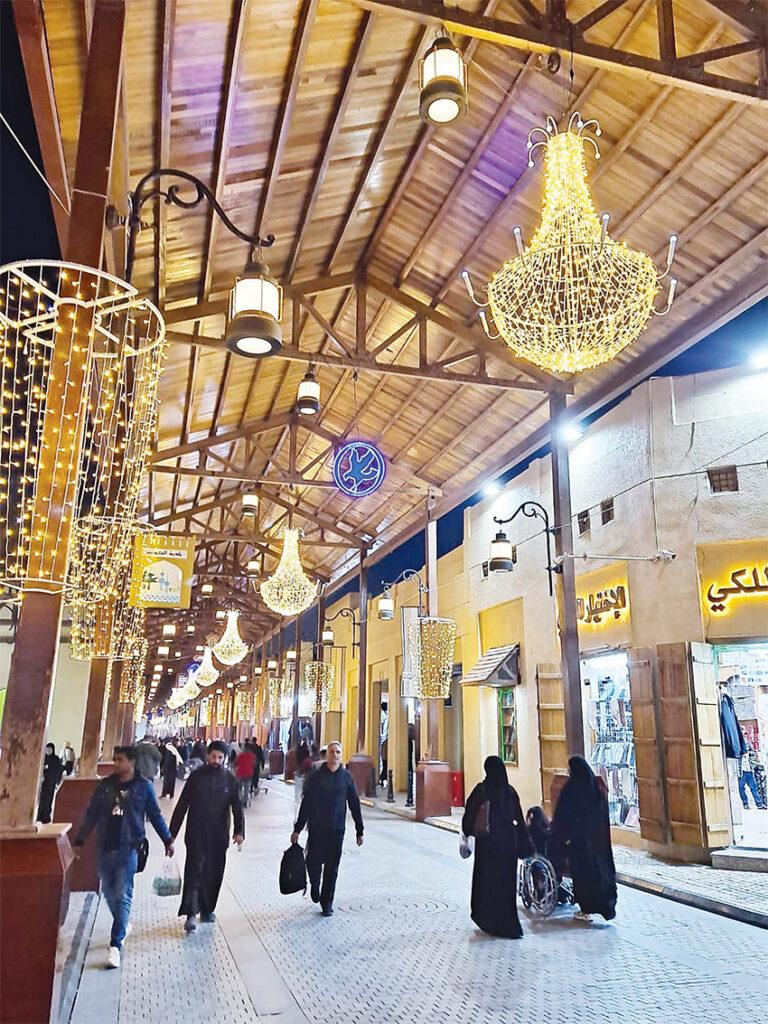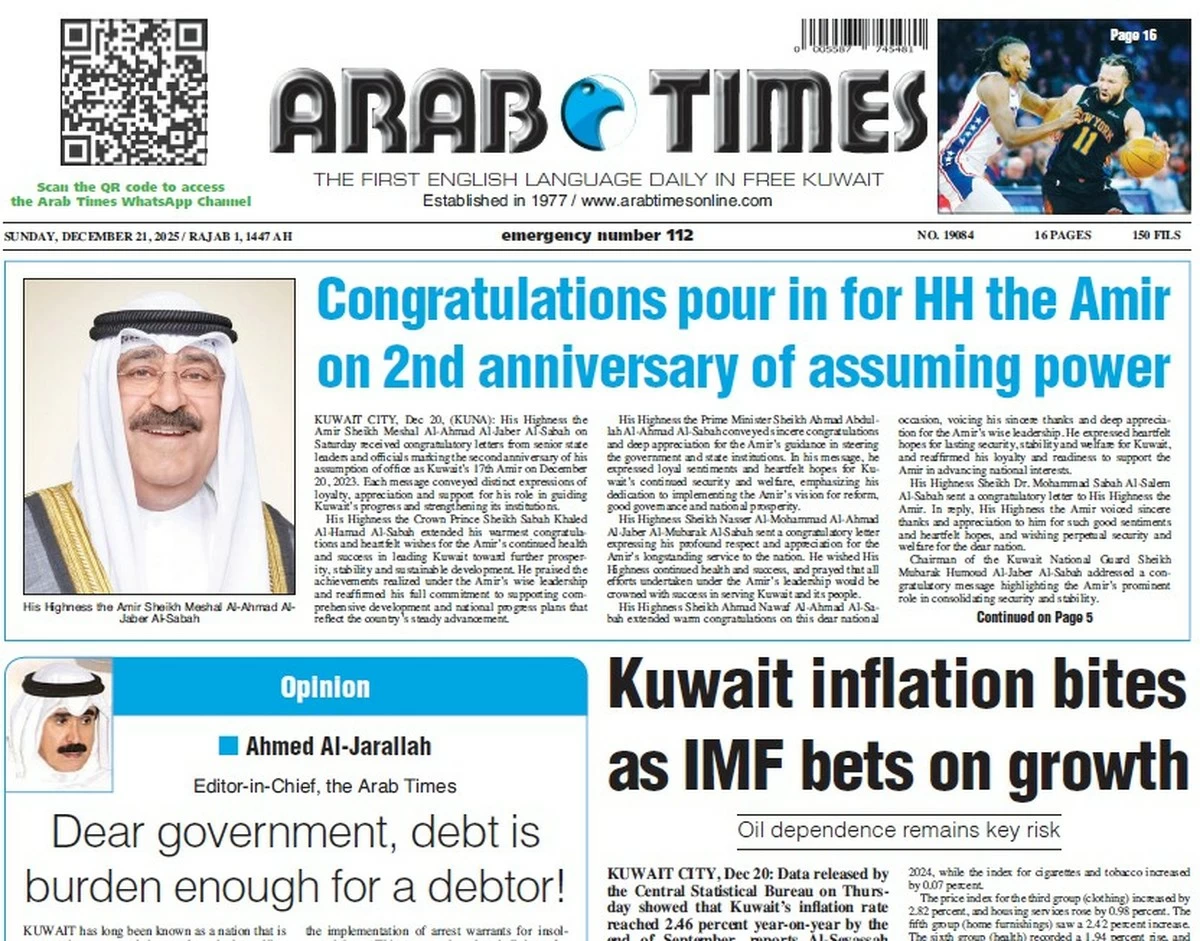21/08/2023
21/08/2023

KUWAIT CITY, Aug 21: The National Council for Culture, Arts and Letters (NCCAL) has affirmed the status of the Mubarakiya area as a significant urban heritage zone, with a considerable portion of it registered in the National Register of Heritage Buildings, earning a top rating of 1, reports Al-Qabas daily. Dr. Muhammad Al-Jassar, the Acting Secretary-General of the Council, conveyed in a letter addressed to the Municipality, and as reported by Al-Qabas, that the Mubarakiya district is subject to Amiri Decree No. 11 of 1960, which pertains to the Kuwaiti Antiquities Law. He emphasized the necessity of safeguarding the remaining sections of mud walls and coastal rocks that were uncovered after a site visit on June 21, 2023 (these sections are integrated into some shops).
These elements should remain undisturbed, serving as a testament to the Mubarakiya fire incident and evidence of various historical architectural periods in the region due to distinct construction materials and techniques.
A proposal to rebuild the shops using local materials is feasible, but the aforementioned parts must be preserved with an iron frame and glass protection, ensuring their visibility and preventing concealment through decorations or false ceilings. Al-Jassar stressed that a method exists to protect these remnants by encasing them with iron frames and glass, and their surroundings can be constructed with materials matching the region’s character while respecting its architectural heritage. In terms of signage, Al-Jassar recommended referring to historical images and archives to accurately replicate the shop advertisements’ appearances in each area.
The proposed height for the shops contradicts the area’s heritage essence, as historically, shop heights did not exceed 3 meters. Therefore, the suggested “attic” concept needs reevaluation, establishing guidelines for its proper utilization that poses no threat to the site. Careful attention must be paid to color intensity, favoring a light, earthy shade.Architectural value Regarding the proposal to mimic wooden appearances for the iron umbrellas, Al-Jassar advised against disguising architectural elements in the area, preserving their architectural value.
The proposed museum’s design must be treated as a new addition rather than a part of the reconstruction, so as not to alter the area’s historical narrative and the legacy of its past structures. Al-Jassar reported that a team from the Council conducted a site visit and compiled a report.
This visit occurred in conjunction with discussions with the National Council’s representative for the project and various stakeholders, confirming the commitment to heritage preservation and its pivotal role in the project due to the site’s historical and archaeological significance. The following observations and recommendations emerged:
■ Legal clauses and regulations are essential to manage the treatment of antiquities discovered during construction and development projects. Such archaeological findings, exemplified by the arms market in the Mubarakiya area and the adjacent hill at Musharraf Palace, are crucial to enhancing Kuwait’s historical narrative.
■ The fire unveiled vital historical layers spanning multiple eras of traditional mud construction and transitional building methods. This discovery allows insights into the era of construction and the techniques employed. Establishing a historical narrative museum accessible to visitors based on these findings is an opportunity to explore the building methods of the past.
■ The urban evolution in Kuwait experienced stages of abandonment, leading to a fragmented urban fabric. Preserving the historical elements within the Mubarakiya market is critical due to the scarcity of continuous historical layers in a single location.
■ The archaeological discoveries at the site extend Kuwait’s historical reach and offer evidence of human settlement in the region. These findings are highly valuable in the context of cultural tourism and international cultural ties.
■ Given the rarity of such discoveries, amendments to the project schedule are recommended to enable archaeologists to conduct thorough excavations in the region.
■ The site forms an integral part of the overall story of archaeological and historical elements discovered within the reconstruction project area. Relocating these discoveries to another site is not advisable, as it disrupts the cumulative historical layers and interconnectedness of these elements.
■ Recognizing the Mubarakiya market fire as a historical milestone, a proposal to preserve and restore one of the fire-affected shops while retaining fire traces is recommended. This approach maintains a living connection to this historical event, while the proposal’s execution can align with the market’s development as a tourist attraction.


